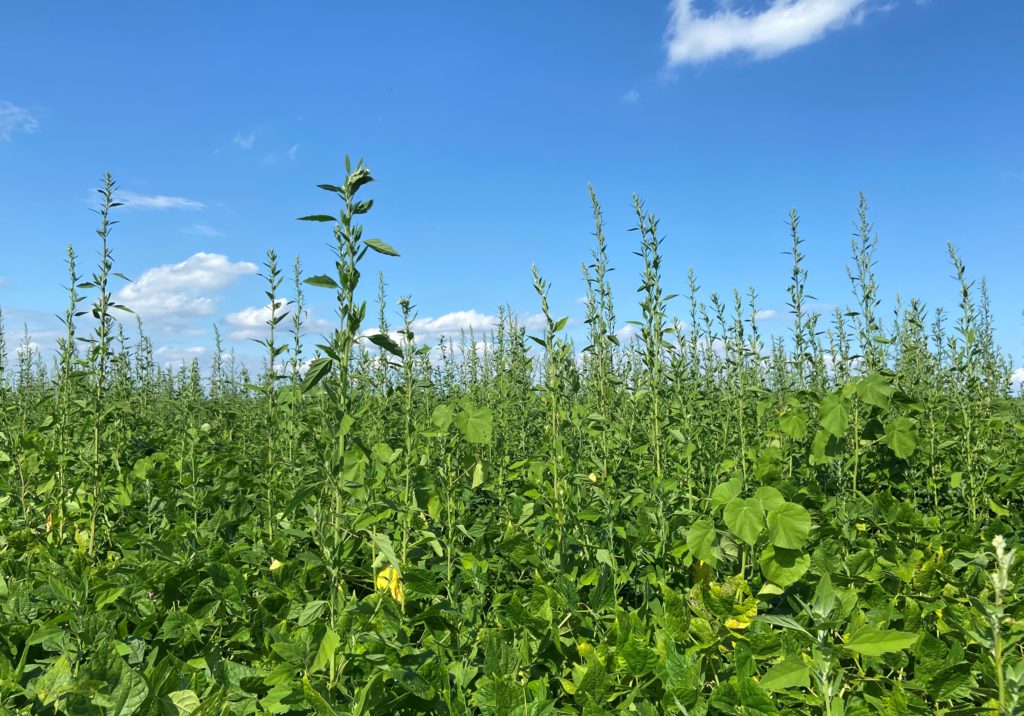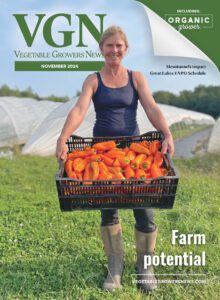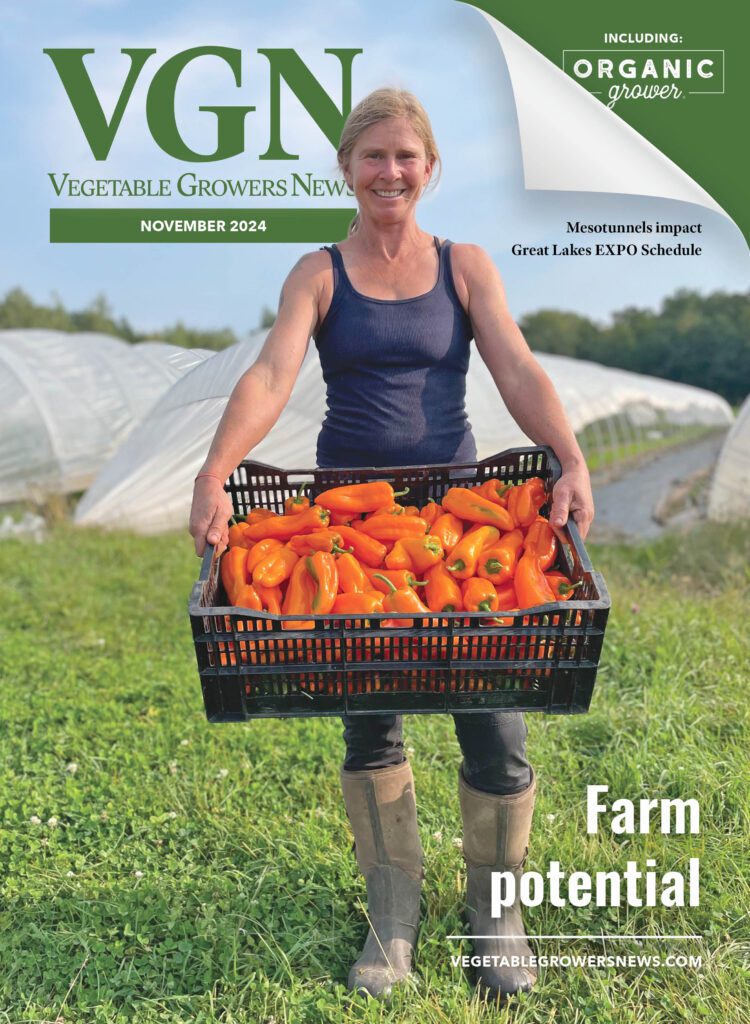
Dec 1, 2022Overcoming herbicide resistance, a global problem
Herbicide resistance is defined by the Weed Science Society of America (WSSA) as ‘‘the inherited ability of a plant to survive and reproduce following exposure to a dose of herbicide normally lethal to the wild type.”
A less formal way of describing it is “we used to be able to control this plant with this rate of herbicide, and now we can’t.” Herbicide resistance in weedy species is the result of adaptive evolution in response to repeated applications of an herbicide over space and time (i.e. selection pressure). Plant biotypes within a weed population that possess naturally occurring mutations that facilitate survival and seed set following an herbicide treatment will become more dominant over time as susceptible individuals are controlled.
Resistance mechanisms can be divided into two broad categories: target-site and non-target-site. Target-site resistance mechanisms include genetic changes that alter the structure of the protein that the herbicide normally binds. Successfully binding disrupts plant biochemical processes and leads to plant death. If the target protein is mutated, and the herbicide can not attach as it normally does, vital plant processes will not be totally impeded. Another target-site mechanism is the overexpression of the target enzyme. Where this mechanism is present, the target protein is produced in such quantity that there are not enough herbicide molecules to bind to and inhibit them all. Non-target-site resistance is characterized by mechanisms that prevent the herbicide from reaching the target protein in sufficient quantities. This may include reduced herbicide uptake and translocation, increased vacuolar sequestration, rapid necrosis and metabolic degradation.
Herbicide resistance is a global phenomenon. As of October 2022, the International Herbicide-Resistant Weed Database (IHRWD) (www.weedscience.org) indicates that there are currently 514 unique cases of herbicide-resistant weeds worldwide. Resistance has been reported in 267 weed species (154 dicots and 113 monocots). Weeds have evolved 165 different herbicides across 21 sites of action. While most resistance cases have been identified in agronomic systems, specialty crops are not immune; the IHRWD documents 59 reports of resistance in vegetables worldwide with 16 cases occurring in the U.S. and 7 in Canada. Examples of resistance in North American vegetables include:
- Common groundsel (Senecio vulgaris), Powell amaranth (Amaranthus powellii), and redroot pigweed (Amaranthus retroflexus) with resistance to photosystem II inhibiting herbicides (WSSA 5) in asparagus.
- Livid/purple amaranth (Amaranthus blitum) with resistance to imazethapyr and possibly other acetolactate synthesis-inhibiting herbicides (WSSA 2) in cabbage, lettuce, and onions.
- Powell amaranth, redroot pigweed, common ragweed (Ambrosia artemisiifolia), and common purslane (Portulaca oleracea) with resistance to the photosystem II inhibiting herbicides and giant foxtail (Setaria faberi) and large crabgrass (Digitaria sanguinalis) with resistance to the acetyl CoA carboxylase-inhibitors (WSSA 1) in carrots.
- Fall panicum (Panicum dichotomiflorum) with resistance to nicosulfuron (WSSA 2) in sweet corn.
- Goosegrass (Eleusine indica) and American black nightshade (Solanum americanum) with resistance to paraquat, a photosystem I electron diverter (WSSA 22) in tomatoes.
Many vegetables are in rotation with agronomic commodities and are also threatened by the development of resistance in those crops as well. The buildup of weed seedbanks in rotational crops could threaten the sustainability of vegetable production.
The registration of new herbicides or new herbicide modes of action is relatively slow in specialty crops; coupled with crop safety concerns and rotational restrictions, this will continue to limit the numbers of chemical options available for weed suppression.
Many best management practices for herbicide resistance management are already employed by vegetable producers, such as weed scouting, mulching, mechanical weed control and hand weeding. Other strategies include planting into weed-free fields, managing manures and composts and cleaning equipment to prevent the movement of plant parts and weed seed into fields, and controlling weeds in fallow acreage and along field margins. Novel technology, such as vision-guided cultivators, precision sprayers and laser weeders are being adopted into vegetable production systems and may be important tools in a changing agricultural landscape where the use of pesticides, plastic and soil disturbance must be reduced, and labor becomes more scarce and costly. For a more extensive review of the current state of herbicide resistance in vegetable crops in the U.S. and Canada, please see this recently accepted article in the journal Weed Science: Boyd et al. (2022). Occurrence and management of herbicide resistance in annual vegetable production systems in North America. Weed Science, 70:515-528. doi:10.1017/wsc.2022.43.
— Lynn M. Sosnoskie, Cornell AgriTech, [email protected], and Thierry E. Besançon, Rutgers University, [email protected]
Photo: Lambsquarters in beans.














